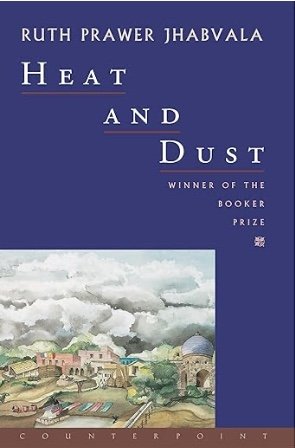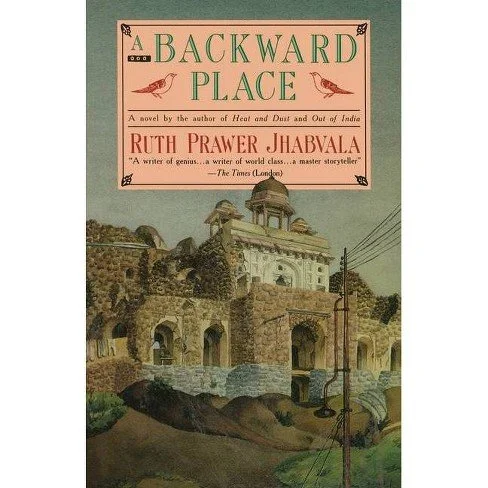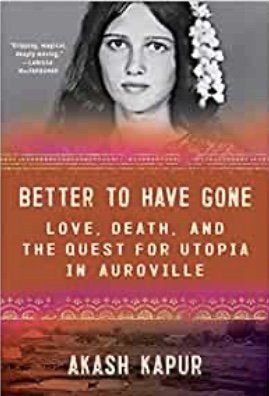The Inheritance of Loss by Kiran Desai (Atlantic Monthly Press)
The Inheritance of Loss is a novel written by Kiran Desai. Desai was born in India in 1971 and got her education in India, the U.S. and in England. It is her second novel and was originally published in 2006. It won the Booker Prize the same year, a prize given to the best work written in the English language and published in either the U.K. or Ireland.
The story is about two main characters - Biju and Sai. Biju is an illegal alien living in the United States and trying to get that one precious item many Indians long for…an American green card. He is the son of the cook who works for Sai’s grandfather. Sai lives in a mountainous region called Kalimpong in the state of West Bengal at a place called Cho Oyu. She is an orphan but lives with her maternal grandfather, the cook that works for him, and a dog named Mutt.
Sai’s grandfather’s name is Jemubhai Patel. He is a retired judge who despises Indians and their way of life. He hated the lifestyle of Indians. The way they dress, the way they eat so he would eat chapatis, an Indian-style flatbread, with a fork and knife.
Away from the prying eyes of the international community, there was a small group of Maoists trying to make a country for themselves in Nepal. During the same era, a small group of rebels are fighting against the Indian goverment to create a nationl called Ghorkaland, an area in West Bengal, for the Nepali-speaking Indians. The story opens with a couple of young Ghorkas entering Cho Oyu who demand that Sai’s grandfather give them his guns. They vanish as suddenly as they appear and the Judge calls the police the following day.
The police interview both the Judge, his grand-daughter and the cook but seem to be as inept as the young Ghorkas. The three people who live at Cho Oyu just want to live happy, quiet lives. The Judge is a grumpy old man and reminds one of American sitcom icon Archie Bunker, although the Judge is not quite as bigoted as Archie. Sai is more interested in her flourishing relationship with her tutor Gyan and the judge is waiting for his son to become a success in the United States and perhaps invite him to live with him in the land of milk and honey.
The book might come off as a bit depressive but it does have its comic moments. Desai’s story is about the ever elusive effort of belonging to someone or somewhere. She shows the contrast between Indians who despise their own kind, such as Sai’s grandfather, and yet is not accepted by the British who he tries to mimic. It is also about the anger other Indians have for people like Sai’s grandfather, believing that they are not interested in keeping their traditions. In the end, in Desai’s story, nobody seems to be happy. Not Sai, not her grandfather, and certainly not Biju who has to move from one job to another to escape being caught by agents for the U.S. Immigration Department.
It’s my belief that life is only as good as you make it, no matter the circumstances. As one of the old cliches goes, “Even a broken clock is right twice a day”. ~Ernie Hoyt



















